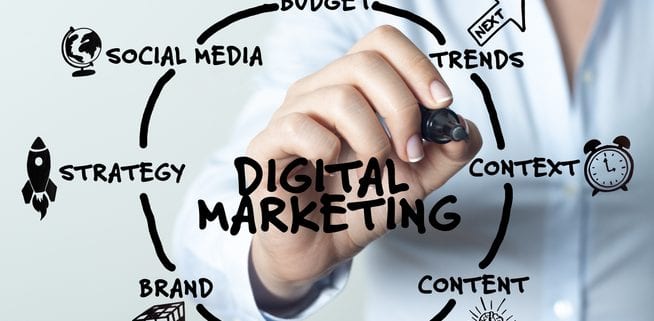
8 Ways That You Can Improve Your SEO
Although you might think that you have a pretty good grasp of SEO (search engine optimization), it’s important to understand that your SEO strategy, while effective today, can become outdated tomorrow. It’s why it’s important to continuously look for ways that you can improve SEO. The following are just a few ways in which you might be able to improve your existing SEO efforts:
1. Perform Routine Keyword Research
Keyword research isn’t something that you can do once and be done with. You need to continually do keyword research so that you can identify what keywords your target audience is using, what keywords your successfully ranking for, and what keywords your competition is using and successfully ranking for.
Keyword research doesn’t just help you identify keywords that you can use, it can also help you determine whether you’ll be able to compete using those keywords. The more thorough and up-to-date your keyword research is, the stronger and more effective your keyword use will be.
2. Optimize For Google Snippets
Google’s Featured Snippets is a feature that answers user questions without forcing the user having to leave the SERP (search engine results page). By optimizing content for these Featured Snippets, your content will have a better chance of appearing at the top of SERPs.
Start by identifying whether snippets exist for the keywords you’re using. If they don’t, you’ll be in a better position to have a snippet of your content showcased. To have your content showcased as a snippet, ask the question that your snippet answers in one of the subheadings of your content and answer that question immediately following the subheading.
3. Update Your Old Content
Google takes into account how fresh the content is. It’s one of the main reasons why you should publish new content on a regular basis; however, that doesn’t mean your old content is useless. Going back periodically to update old content can help to improve your rankings. For example, you could take a list article published a year or two ago and turn it into a Slideshare. You can also update facts and data used in older blog posts once new studies are released to keep them relevant.
Enjoy The Article: 5 SEO Concepts For An Improved ROI
4. Use The Skyscraper Strategy
The skyscraper strategy is a strategy in which you identify high ranking content that’s relevant to your business and your target audience. Create similar content that’s better written or more comprehensive. Once you’ve published this content, reach out to the websites that linked to the original content and request that they change their links to your content. The skyscraper strategy can be very effective in terms of outranking competition and building backlinks.
5. Monitor Your Backlinks
Earning backlinks is essential to SEO. Google monitors the backlinks that your pages earn, using them as an indication of your content’s quality. After all, the more backlinks you earn, the more authoritative your content is considered by other websites. However, Google does monitor where your links are coming from. If they are from poor sources, they may not count towards your rankings. In cases where Google thinks you might be trying to spam backlinks from a single source, they may even penalize you. As such, monitor where you are earning backlinks from.
6. Promote Your Content
The more traffic, backlinks, and social signals that your content gets, the higher your content will rank. With that in mind, promoting your content is essential to improve SEO. For example, simply adding social buttons to your content as well as sharing your content on social media can help generate more traffic to your content. More people will be likely to share, like, and comment on your content as well, which will also increase exposure, leading to more traffic and potentially more backlinks.
7. Improve Technical SEO
Technical SEO is important because it relates directly to the user experience. If your website isn’t technically sound, it will hurt user experience. You will want to make sure that you monitor and improve your technical SEO by making sure your links are working properly, that your content is optimized for mobile use, and that pages load quickly.
8. Track Performance
Tracking how your content is performing can provide you with a lot of information. There are numerous metrics that you should monitor that will help improve the SEO. This includes traffic per page, conversion rate, new traffic vs. returning traffic, and traffic by source. These metrics can help you discover potential issues that could be negatively affecting your SEO and that will need to be addressed.
Continuously adapting new SEO practices may seem like a real chore, but it’s essential that you keep your SEO strategy up-to-date. Effective SEO is crucial to your overall inbound marketing success, after all. This means that it’s worth investing both time and effort to improve SEO.






























